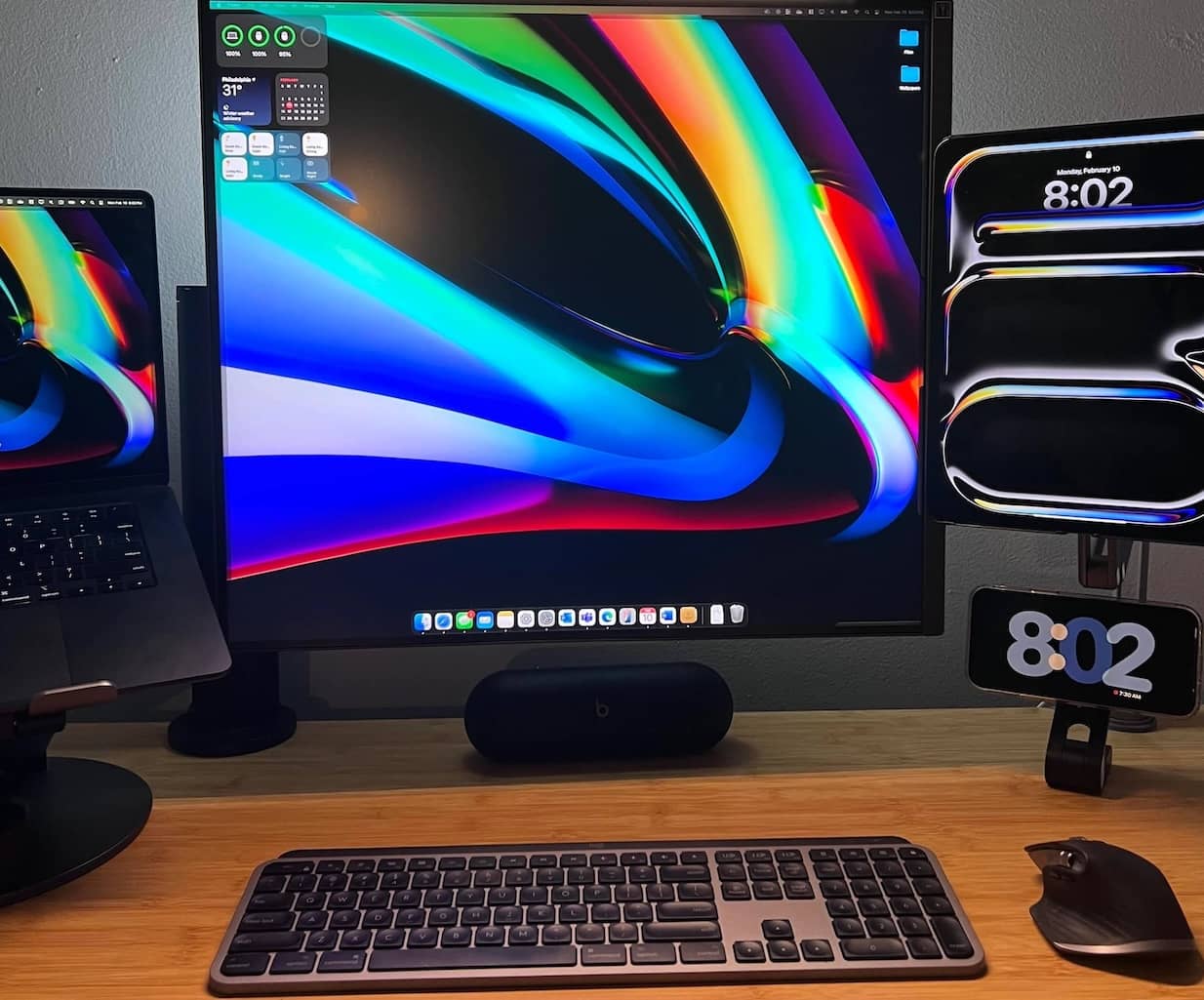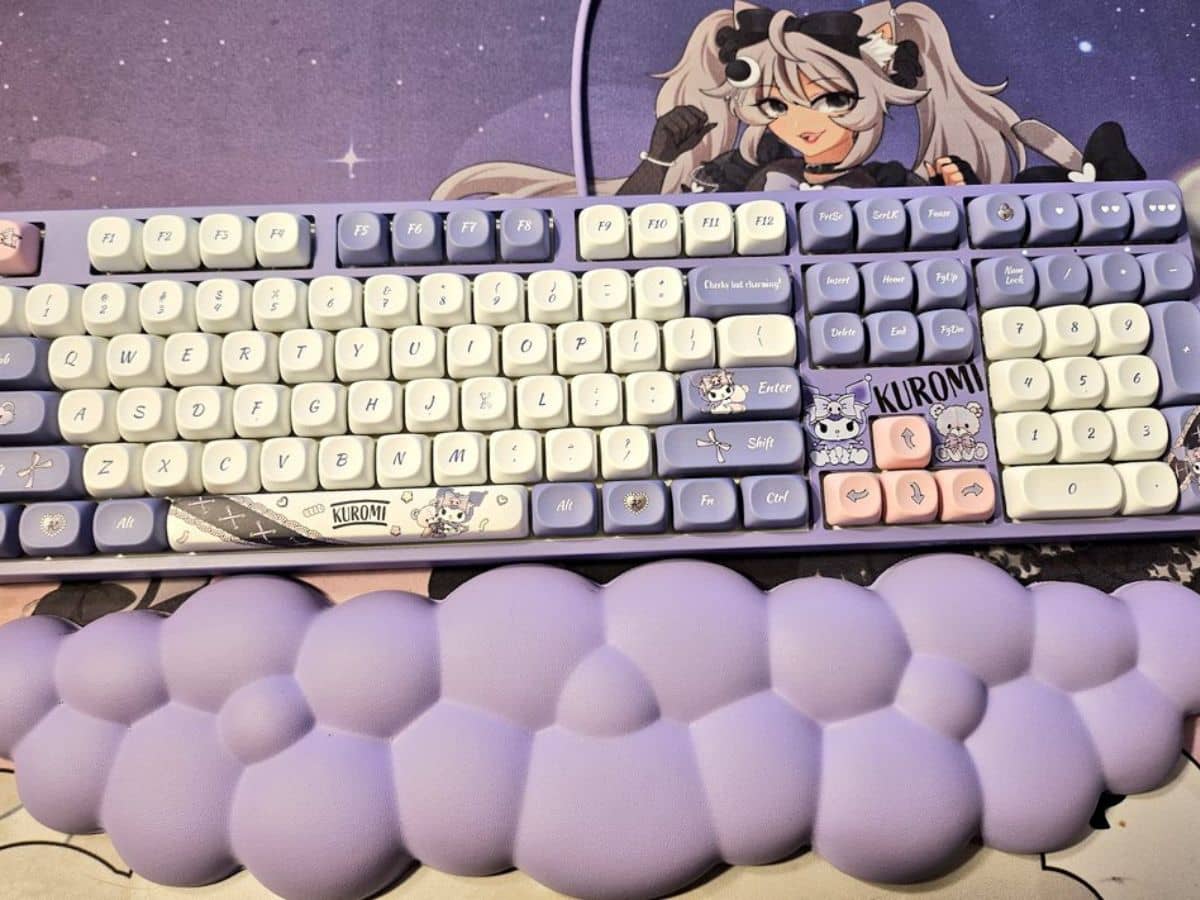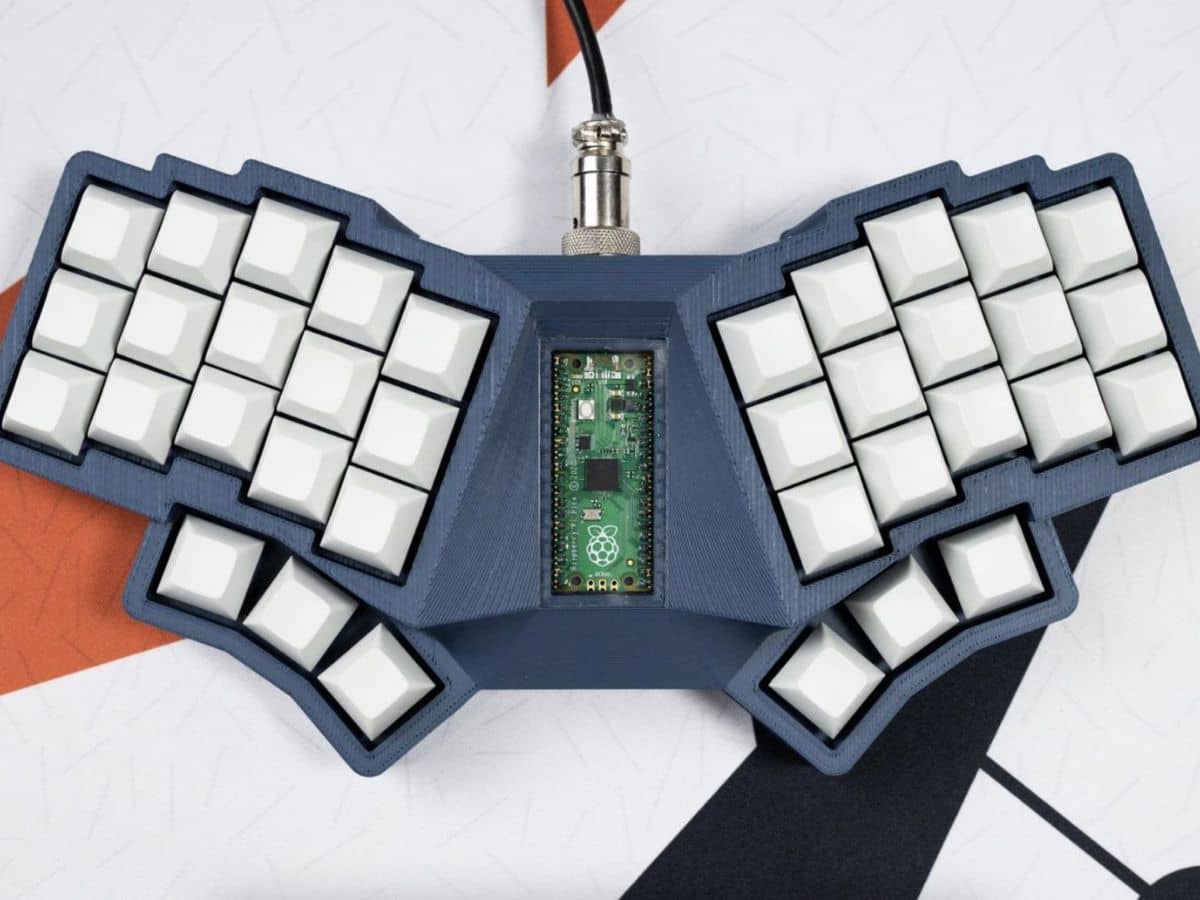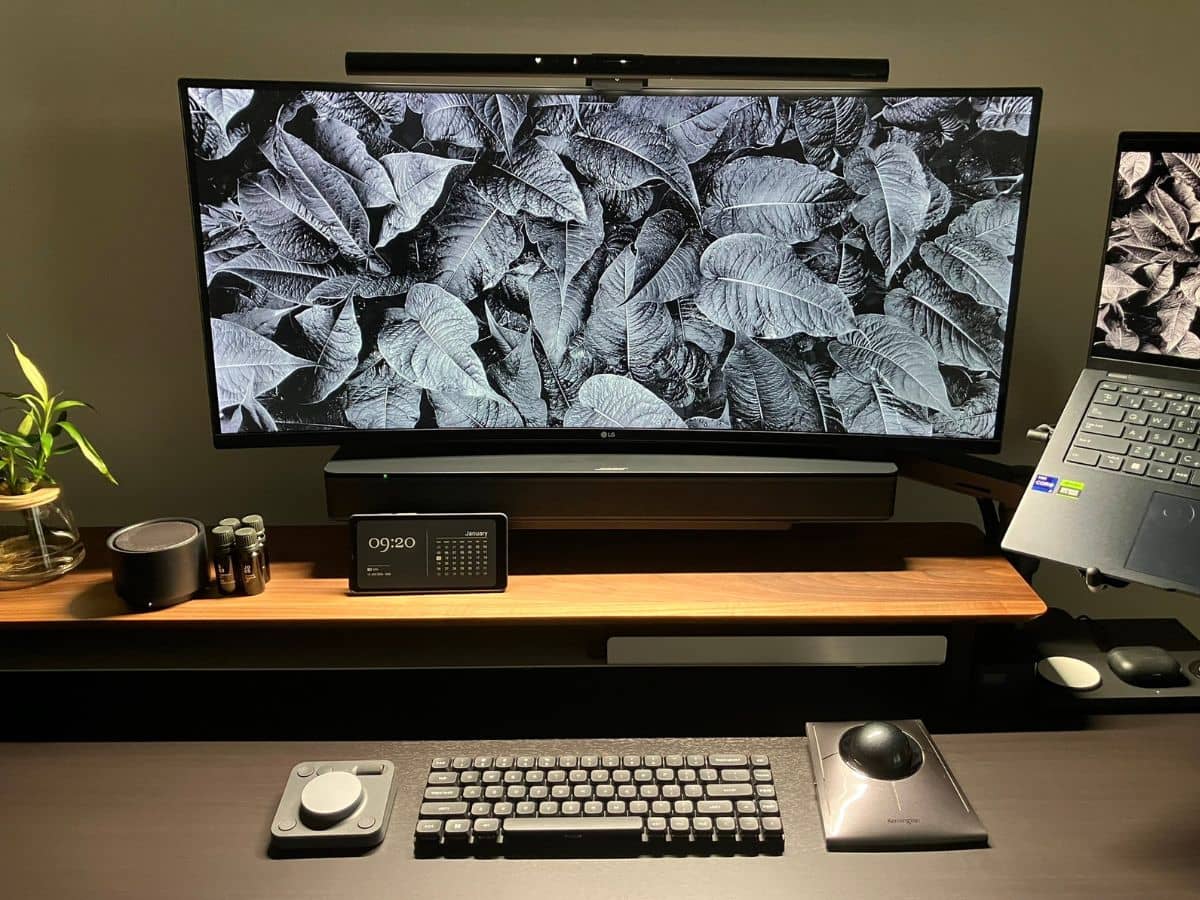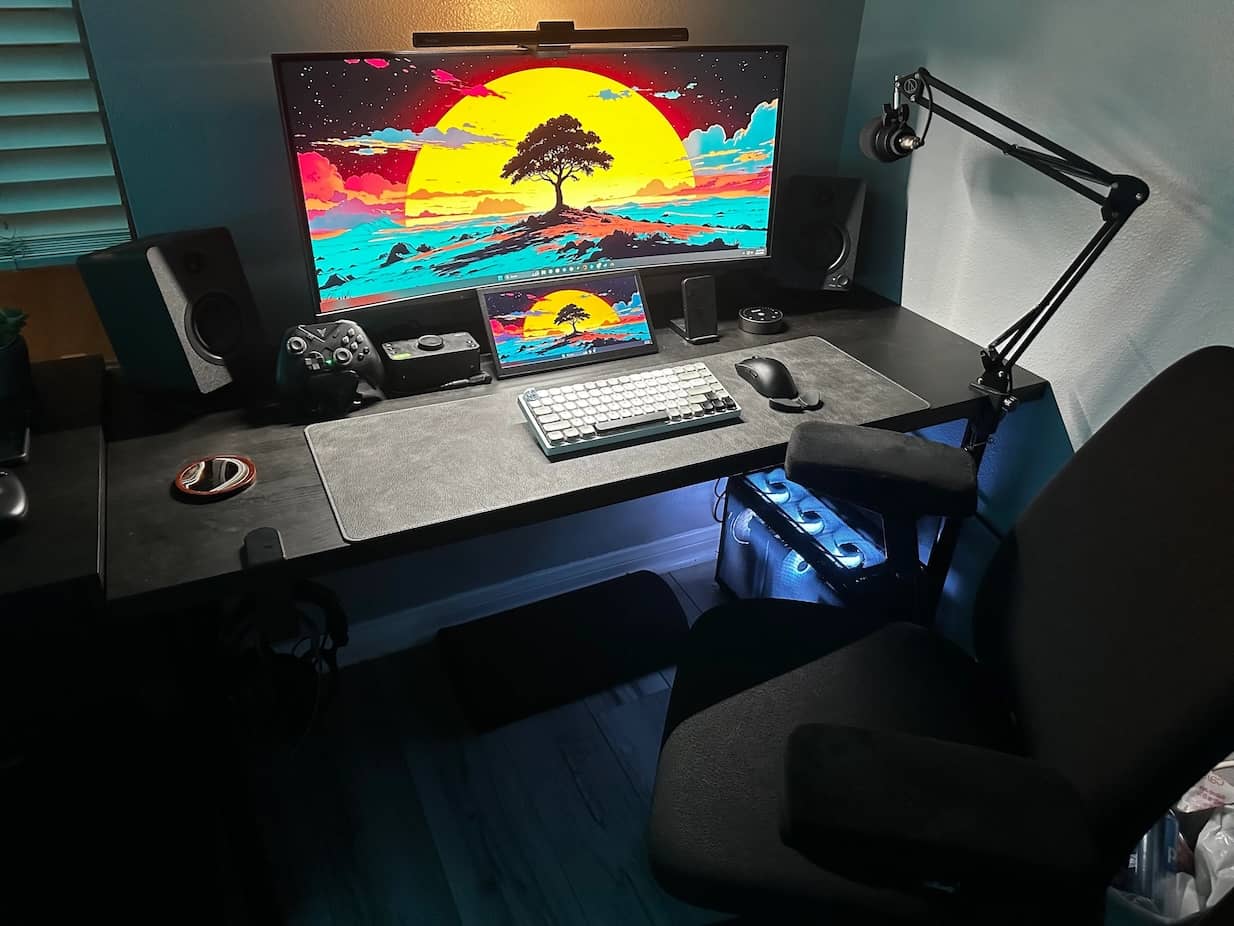
Faster typing speed and a more accurate input- these are what make you more efficient. And you need a more suitable keyboard, with the proper size and layout.
It may seem easy to just pick any keyboard based on your size requirements and preference, but there are quite a few considerations that you need to know. And we are here to help.
Nice To Know
To pick the best keyboard for your work situation, you have to be familiar with some of the terminologies associated with it.
When we speak of keyboard types, it essentially narrows down to two definitive categories- the keyboard size and the layout.
What is a keyboard size?
This refers to the physical dimensions of the keyboard. Essentially, the bigger the keyboard is, the more keys it will have. So a smaller keyboard size will have fewer keys.
This is referred to as the percentage. So you would see 100 percent, 75, 65 keyboards, and so on.
What is a keyboard layout?
This represents how the keys are arranged on the keyboard. Not all will have that same traditional key placement you are used to when you first started using a computer.
While some of these layouts may seem awkward at first, exploring these unfamiliar territories may just help you work more efficiently.
It may seem like an insignificant feature, but it can greatly affect your productivity. For instance, it can dictate how fast you type. The placement of the keys and letters can have a big bearing on your typing accuracy. It can prevent your finger from getting entangled.
Some specific types of keyboard layouts have unique keys and rearranged letters that can amplify your efficiency. But of course, choose the wrong type for your setup, then it can prove itself otherwise.
The keyboard layout can also affect your overall comfort. The positioning of the letters and the keys can have an impact on your wrists and hands, especially for typing jobs. The more ergonomic the layout is, the better you will be. It can save your wrist from pain and strain. With such demanding jobs, using a more efficient keyboard layout can prevent debilitating injuries such as carpal tunnel syndrome and repetitive strain injuries.
Here are the Different Keyboard sizes
Full size
This gives off a more traditional feel since this is what most of us are accustomed to this size. When we began using computers and even typewriters, this complete layout was the standard.
It features a complete laid-out spread with arrow keys, function keys, numpad, identity keys, and navigation. It is composed of 100 keyboards that can be very useful for you if you use all of the letters and the functions every single time.
80 percent keyboard
This is also referred to as the TKL or the tenkeyless keyboard. This contains 88 numbers and lacks the numpad.
This type of layout is often more useful for gamers, it’s the default keyboard for them actually. Since gamers do not have much need for numbers, this slightly smaller keyboard size allows for more navigation which most gamers need for faster input response. Players will be able to press multiple keys with more accuracy and speed.
75 percent keyboard
Going slimmer down the lane, this is a smaller version of the TKL keyboard. It has 75 keys but lacks the 2 navigation and pause keys.
The keys are situated near one another and it is quite small and compact, the row cluster is positioned next to the CTRL key.
60 percent Keyboard
This layout lacks a numpad, arrow keys, a function row, and navigation. This is a more compact and tiny keyboard that is becoming more popular among streamers.
It may lack a handful of useful keys, but if you don’t need to use the arrow or the F keys, you may find this perky little keyboard useful. It is often picked for its space-saving features, perhaps if you have quite a limited working desk.
50 percent Keyboard
This is a bit broader than the 60 percent keyboard. It lacks the number row, function row, numpad, navigation keys, and arrow keys. In lieu of that, it has a macro column positioned at the left side of the keyboard.
It may sound lacking in a lot of essential features, but it has added functions that you can see in the macro column. This saves a complete row of keyboard height. If you don’t need to use the number row, this can help you save a lot of space.
Types of Keyboard Layouts
This, when chosen wisely, can even revolutionize your typing experience. Some layouts may seem and feel a bit far from what most of us are used to, but change is inevitable and it can be a good thing.
Here are the more common keyboard layouts
QWERTY
This was created in the 1870s, thus the most widely used and most familiar. Old-school computers and typewriters alike sport this type of layout.
The vowels are spaced and the characters that are often used are spread apart. This might not be the fastest route when typing because of the spacing. It is never intended for speed, it is meant for accuracy. And the space is so designed to prevent the keys from being jammed, especially for typewriters.
Dvorak
The keyboard’s layout places all but the letter U on the home row of the most frequently used consonants and vowels to be quick and effective. We find this arrangement less straining on the wrist and fingers.
The more frequently used punctuations are situated above the left-hand home row. This seems to allow for faster response and fewer finger movements, thus this can be a more efficient keyboard for typing jobs.
But if you often use shortcuts, this is where the limitations come. This newer layout might be a challenging way to access the shortcuts. You might need to use both of your hands to copy or paste items and save your work.
Colemak Layout
This is one of the newer, more unfamiliar, and unconventional keyboard layouts. It can reduce finger movement, thus resulting in less wrist strain. QWERTY keyboard can be a nightmare for typists, this newer keyboard layout can save your wrists from all the pain and troubles. You will also be able to type more words at a time.
It is a bit similar to the Dvorak layout, with more use of the home row. It minimizes finger path distance. The E and U are in the home row, but the O is replaced with the letter R, the letter E with S instead, and the letter U with T. This upgraded yet a bit quirky spread seems to allow for faster typing speed with less strain on the fingers and wrists compared to both the QWERTY and Dvorak layouts.
The caveat is that since this is one of the unconventional spreads, you might not be able to use it in all devices, it might not be compatible. This also entails a learning curve, and you might find it hard to recall your typing speed in a QWERTY layout after getting used to the Colemak.
AZERTY
If you’re typing in French this is perhaps the best layout that can improve your typing speed and accuracy. It is more commonly used where French is the mode of communication, thus more prevalent in Europe and some Asian countries.
It’s easy to get used to this type since it is a bit similar to the conventional QWERTY. It was named as such because the letters AZERTY are situated in the top row instead of QWERTY.
The difference is, there are specific keys for accents used in French communication.
Maltron
If you are looking for the most ergonomic keyboard, this is it. The positioning of the keys and letters is kind of inward and seems to follow the natural curve of the wrist. This mimics the natural movement of the wrist and fingers, thus reducing strain especially if you are working for extended hours. When we say comfy this is one for the books, it can prevent repetitive strain injuries. In addition, it has nice larger palm pads that can serve as a cushion and resting place for your palms.
The caveat is that it has a more radical change from the familiar QWERTY and DVORAK. It entails a deeper learning curve and a lot of getting used to before you can type faster. But once you get the hang of it, your fingers and wrist will love you a lot.
However, if you often use the numbers, F keys, and symbols, this might not be a wise choice. It can hamper your speed even if you have been accustomed to the newer letter positioning.
Which can help you be faster and type more accurately?
Considering the keyboard size, you have to compare the dimensions of the keyboard to the space you actually have. Your preference for a smart and perkier keyboard can also be a deciding factor.
The best gauge, however, is how you would actually use the keyboard and for what type of application. Bigger keyboard sizes present a more complete spread, while smaller, more compact ones may lack some functions. So you have to determine which functions and letters you often use, and having these spread conveniently in areas where you can see them right away can make work easier and faster.
Gamers, for instance, gamers have much need for numbers, thus a smaller and perkier keyboard has become the standard for most gaming setups.
How about the layout?
The Colemak Layout seems to sport the most efficient spread for most applications. With this newer upgrade and smarter and more ergonomic positioning of the more commonly used letters and vowels, this can minimize finger movements while maintaining speed and accuracy.
But this has a big but. It’s not always available and feasible to use for all devices, so it can have very limited applications. And once you go back to the more traditional QWERTY, you will find it hard to recall your finger muscle memory and this will slow you down even more.
With these considerations, we have to give it away to the Dvorak layout. It is not a radical change from the familiar QWERTY spread so you can learn it more easily than the Colemak layout. It has better and smarter keypad positioning than the QWERTY and can help you type faster and more accurately.
